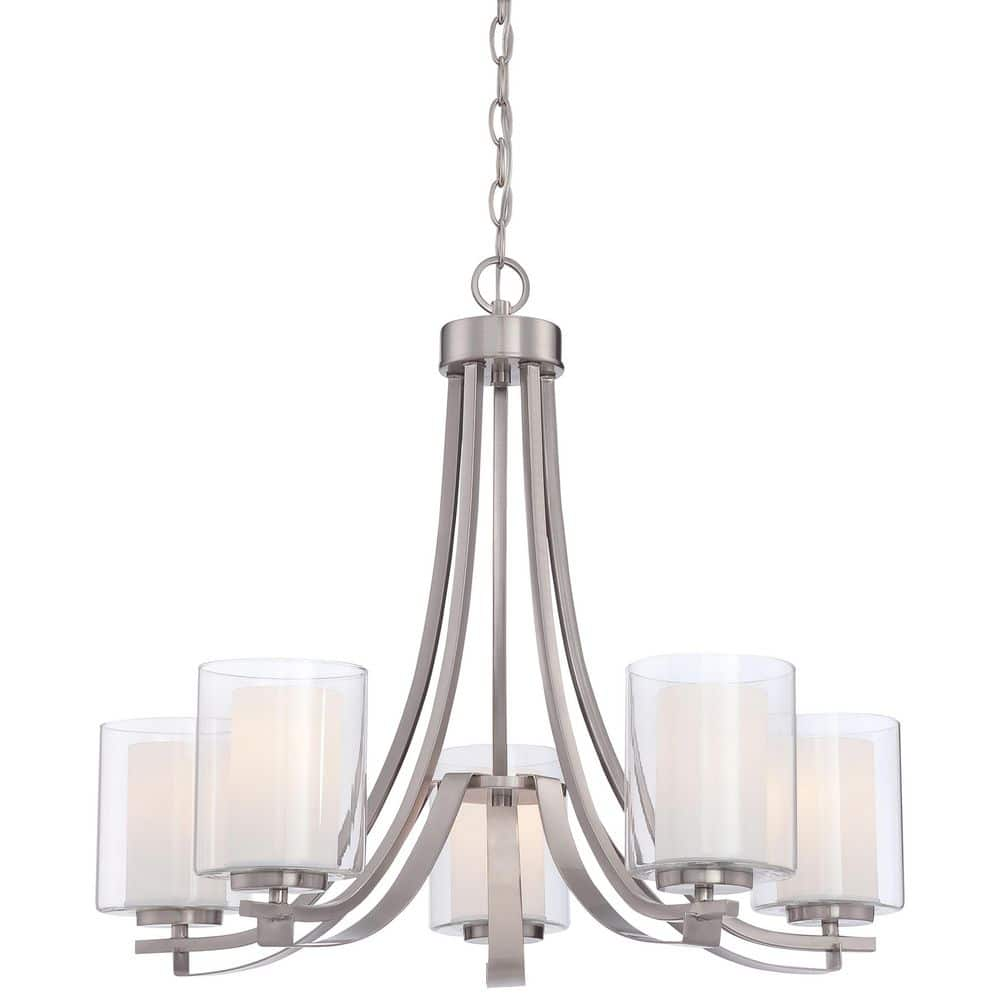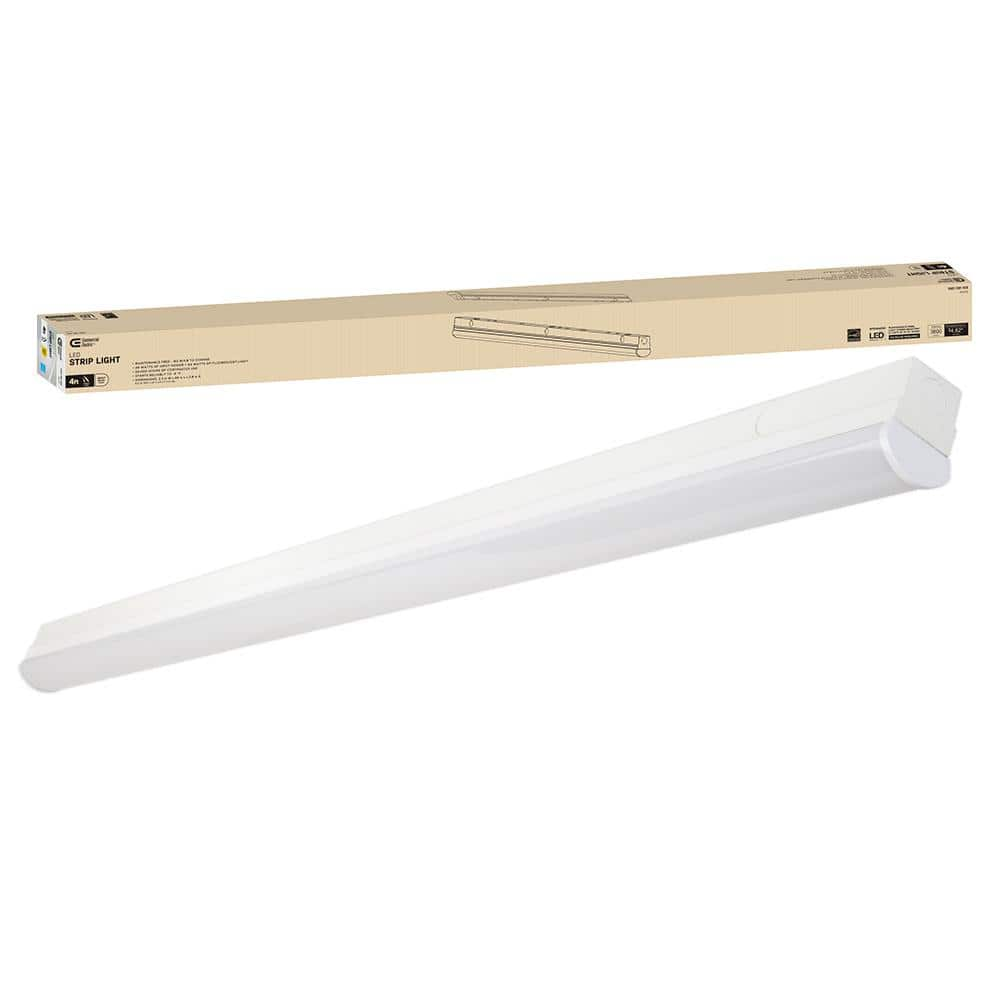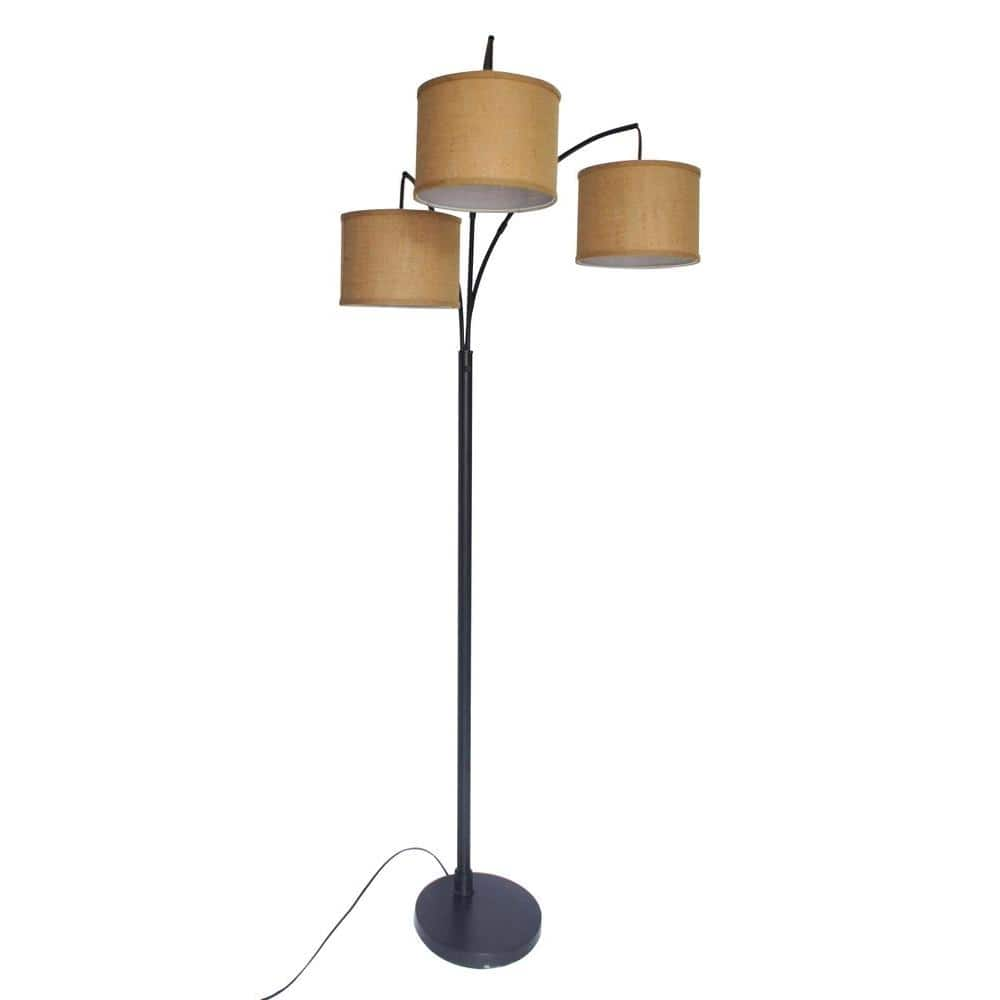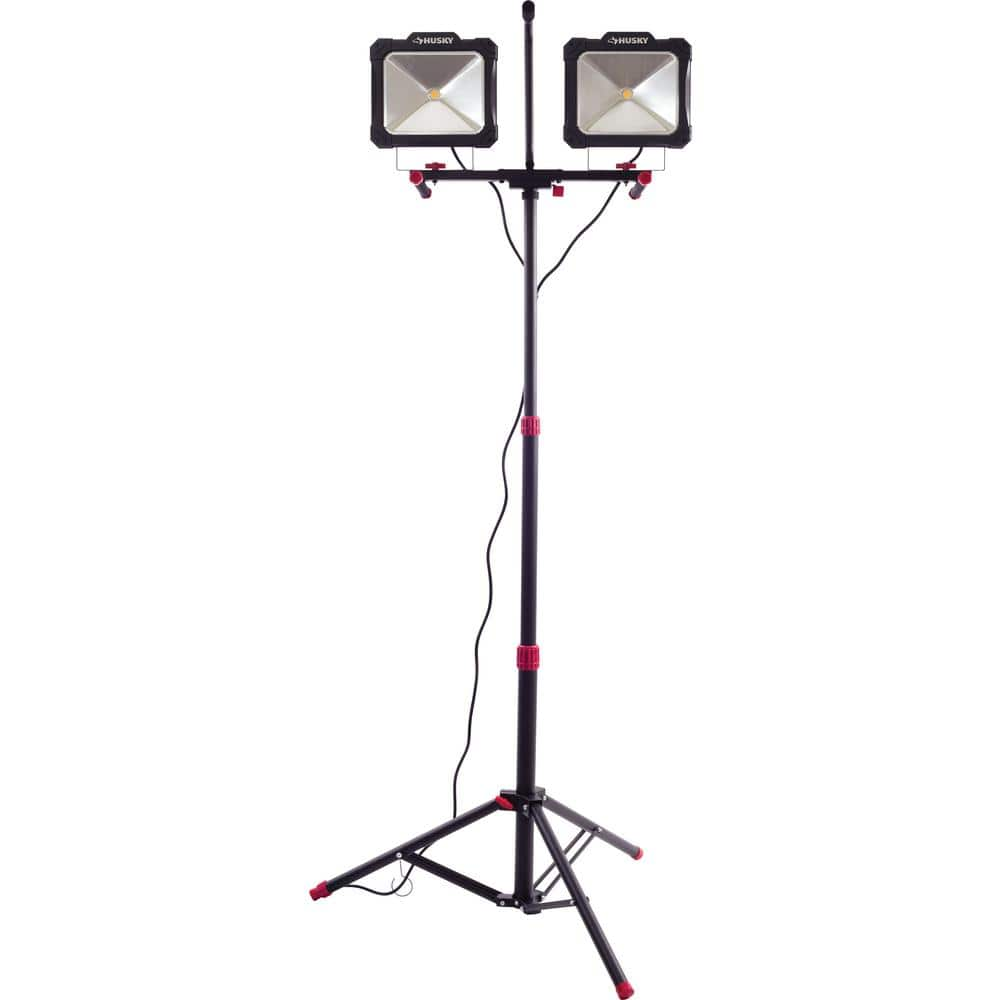Minka Lavery Parsons Studio 5-light Brushed Nickel Modern Chandelier for Dining Room
Featuring brushed nickel finish. 25.5 in W x 23 in H chandelier that compliments any decor. Compatible with 5 100-watt medium base, A-19 bulbs (not included).
The sleek and sophisticated “go anywhere” look of the Parsons Studio collection, combined with the double glass and brushed Nickel finish, adds brilliance to any home. Its quality and style make this a very attractive collection. A transitional look that fits any interior uses medium base bulbs (sold separately).
- Durable steel construction is built to last and offers a clean, polished look
- Uses 100-Watt maximum medium-base incandescent bulbs (sold separately)
- Compatible with standard wall dimmer
- Etched glass panes create a diffused effect when illuminated
- Includes assembly and installation parts
- Design is ideal for over a dining table, living area and bedroom
- ETL listed
Additional information
| Chain Length (in.) | 72 |
|---|---|
| Fixture Depth (in.) | 25.5 |
| Fixture Height (in.) | 23 |
| Fixture Weight (lb.) | 12.345 |
| Fixture Width (in.) | 25.5 |
| Maximum Hanging Length (in.) | 97 |
| Mounting Deck Height (in.) | 0.75 |
| Mounting Deck Width (in.) | 5.875 |
| Certifications and Listings | ETL Certified |
| Manufacturer Warranty | One (1) year limited warranty |






by Pamela
Easy to hang. Very attractive. Can be used formally or in a more casual setting which is nice.
by Paul
Very attractive, not overwhelming. I would recommend.
by Patricia
Love my new fixture. It is a replacement for a 1980’s bronze fixture with clear glass globes. I absolutely love the simple modern design and the soft diffused lighting that is perfect for my dining room. The Home Depot had the best price on this..$100 less then every other seller.
by Steve
Looks great. Gives out nice ambient light. Bright. Modern looking. However, 2 of the 5 lights are crooked. Looks bad, once u notice this. Wish ML sends a replacement as don’t want to go to the hassle of taking it down.
by Lori
The description is very accurate. The light is beautiful. I have mine on a dimmer switch with 100 watt LED bulbs and it’s very bright on the highest setting.
by Harry
I looked at hundreds, if not more, of small chandeliers for our eating area. I wanted something timeless and sleek. This hit mark. My only warning is that the instructions leave a lot to be desired. In a few instances, the text seems to contradict the diagram. Gratefully, I was able to view the instructions on the Home Depot website, magnify them and then went with them. Because of that, it took longer to install than I would have guessed. However, would I buy this again? Definitely.
by John
My wife and love this fixture.